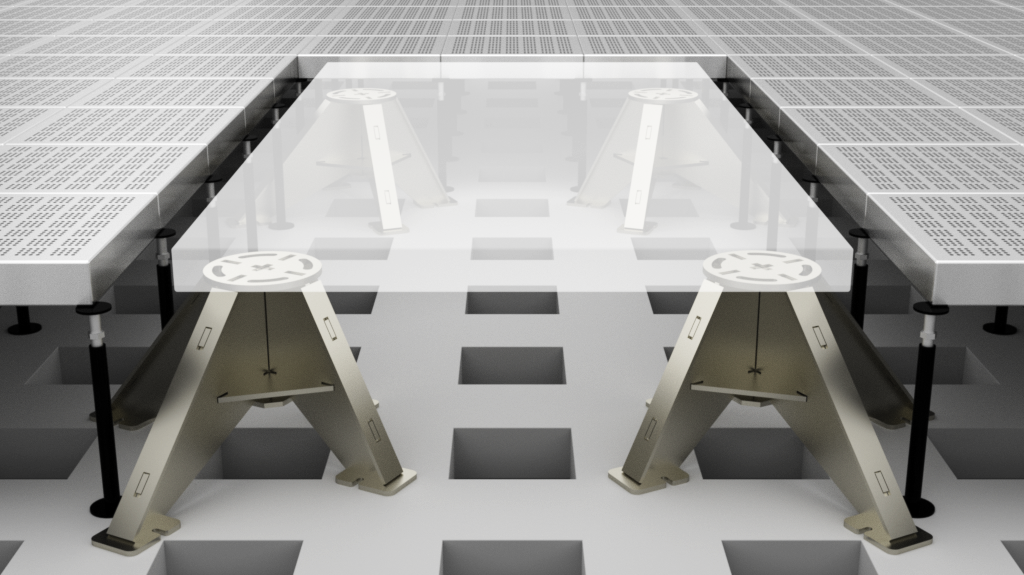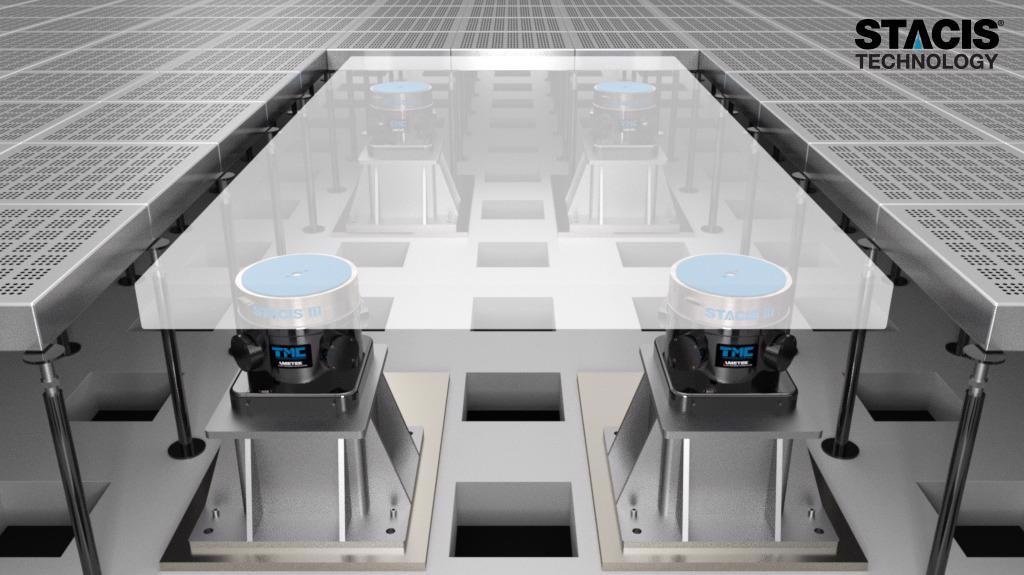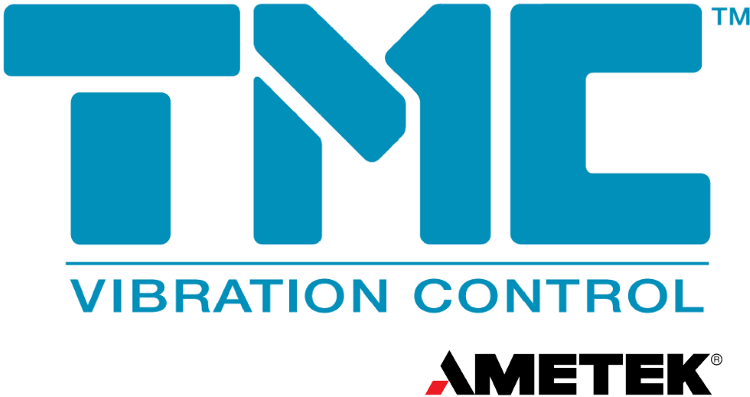The majority of semiconductor facilities have raised floors to meet the cleanliness requirements in the fab. Air, along with any particles generated, flows down from the ceiling and is taken out under the raised floor.
While raised floors can effortlessly support humans and small pieces of equipment, they are rarely used to accommodate environmentally sensitive processing equipment like that found in chip manufacturing.
Rather, these instruments are frequently placed on raised pedestals.
But what kind of raised pedestal should a semiconductor manufacturer use for different pieces of equipment? Mike Georgalis, TMC’s North American Sales Manager, details the options to consider while selecting a raised floor pedestal.
Ask the Expert - Raised vibration isolation platforms for wafer fabPlay
Video Credit: TMC Vibration Control
The Problem
Is the piece of equipment vibration-sensitive? If that is the case, how much vibration can it hold?
Some semiconductor processing equipment, like deposition machines and ion implanters, are relatively insensitive to floor vibration and do not require vibration-isolated pedestals when installed or used.
Transmission electron microscopes, scanning electron microscopes, CD inspection tools, lithography tools and other semiconductor equipment are all susceptible to floor vibrations, which can significantly reduce their performance. How is it possible to know which tools are sensitive to vibrations on the floor?
Ask the Vendor
If the vendor’s tool does not have a vibration specification, it is likely that the equipment is vibration-insensitive and can be installed on a rigid Quiet Island. But what is a rigid Quiet Island?
The raised floor platform is a TMC developed and manufactured 4-in (100 mm) thick lamination of steel plates which are sandwiched around an incompressible, lightweight, damped core material. The layering outcome of strong steel plates and core, epoxy linked into a seamless, stainless-steel pan offers a considerably high level of structural damping and stiffness.
Overall rigidity is very high due to the large cross-section and steel content. To maintain appearance, cleanliness and integrity, the top and sides are a continuous, one-piece stainless steel shell. TMC creates platforms that are tailored to the application, with special shapes, cutouts, lifting bolts and tiedown holes as needed.

Figure 1. Rigid Quiet Island. Image Credit: TMC Vibration Control
The Survey
If the equipment manufacturer has a vibration specification, a vibration survey of the facility should be conducted. TMC can conduct a survey for the user, or the user can find a local vibration consultant. In either case, an engineer will monitor the facility for vibration using vibration sensors and data acquisition equipment.
The instrument must be placed on a Quiet Island with STACIS® active vibration isolation if the facility vibration exceeds the tool specification. The most effective platform for reducing low-frequency floor vibration is STACIS.

Figure 2. STACIS Quiet Island. Image Credit: TMC Vibration Control
The user must decide if the facility vibration is lesser than the tool specification. A rigid Quiet Island can be set up, which should suffice for the time being. However, investigations have shown that as facilities become busier and more packed, the vibration in the facility increases.
A Quiet Island with STACIS active vibration isolation can be installed immediately if the user is concerned about rising vibration in the building. Alternatively, the user can start with a rigid Quiet Island and upgrade later.
Quiet Islands come in a variety of sizes and shapes. To figure out which Quiet Island is right, seek help from an application engineer at TMC.

This information has been sourced, reviewed and adapted from materials provided by TMC Vibration Control.
For more information on this source, please visit TMC Vibration Control.